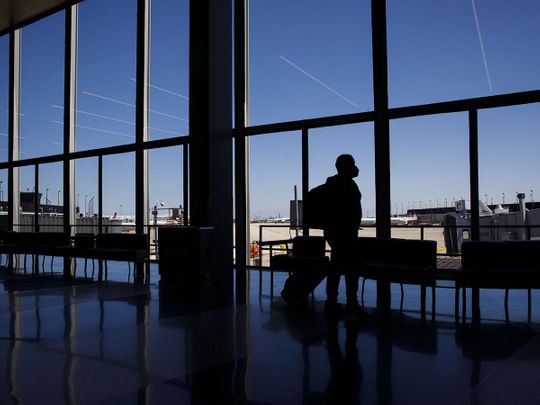
Dubai: Passenger traffic for Middle East airlines fell nearly 73 per cent in 2020 compared to 2019 as COVID-19 delivered a body blow to the global aviation industry.
During the same period, passenger capacity dropped nearly 64 per cent compared to 2019 levels, said Muhammad Ali Albakri, Regional Vice-President at IATA (International Air Transport Association), during a virtual conference call Thursday.
“It's been a disastrous year no matter which number, figure or statistics you look at - it's always been in the negative territory,” said Albakri.
Qatar can aid recovery
The reconciliation deal signed between Qatar and the GCC countries will give “more flexibility for flights to take place between the countries, reducing flight times, offering more connectivity and reducing operating costs for airlines,” said Albakri. “Now we're back to normalcy in terms of connectivity between the concerned countries, and we hope this will also help in the faster recovery of the sector in the region.”
38 %
What 2021 passenger levels could be compared to 2019Bleak outlook
On Wednesday, the industry body said that global air travel demand in 2021 might be much lower than levels previously anticipated as new variants of the COVID-19 virus prompt governments to tighten restrictions and bring back lockdowns.
If governments continue with the current restrictions on airlines, passenger traffic - measured in revenue passenger kilometres (RPKs) – could average just 38 per cent of 2019 levels, compared to IATA’s previous expectation of 50 per cent.
This would most likely be the case if the “new variants prove difficult to deal with, with the existing vaccines and should governments take a much more cautious approach than we had been expecting,” said Brian Pearce, Chief Economist at IATA.



